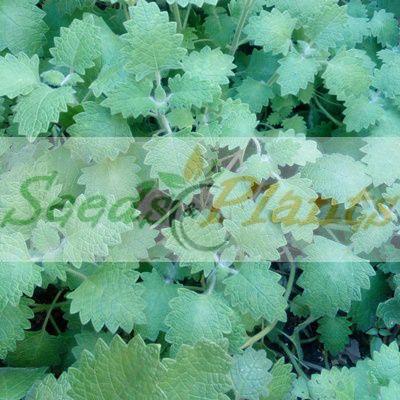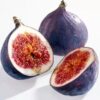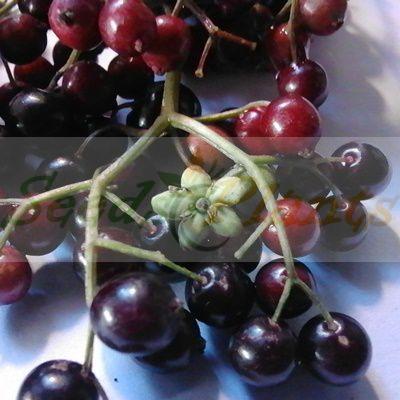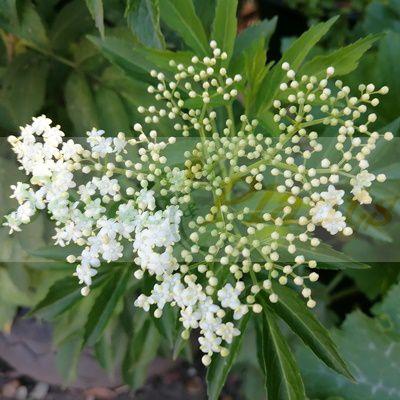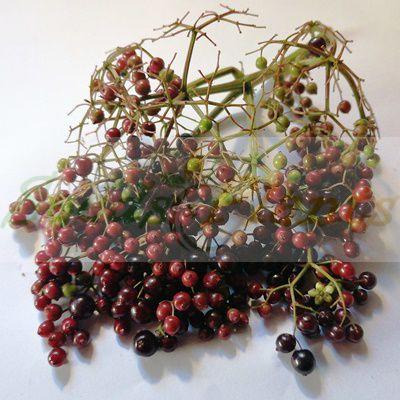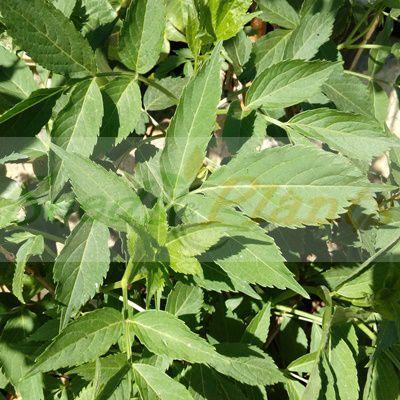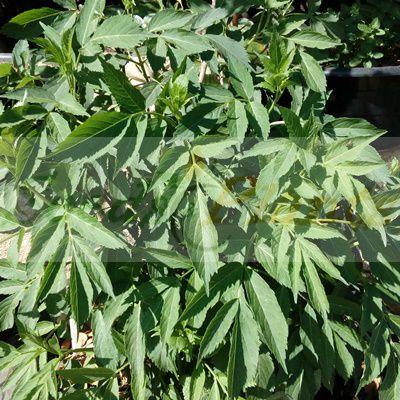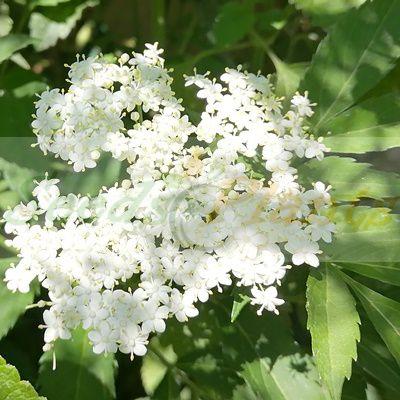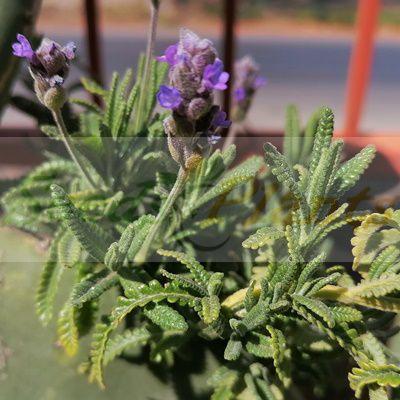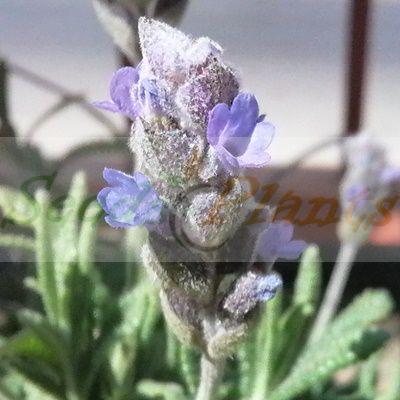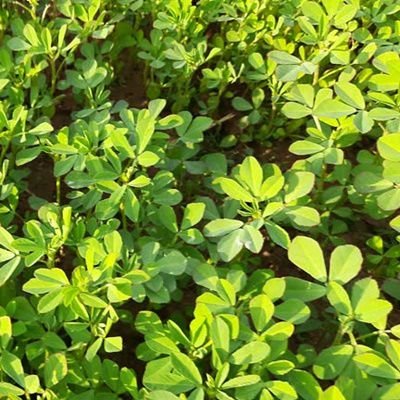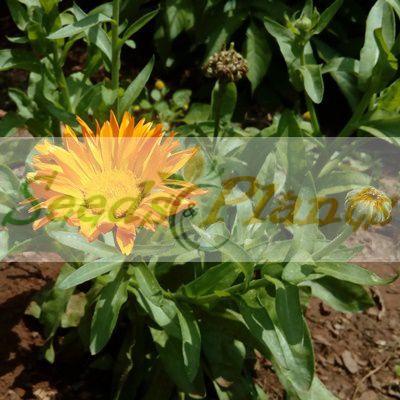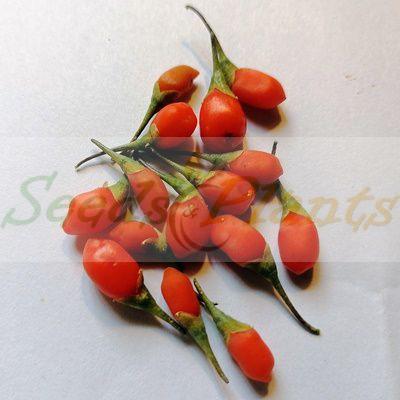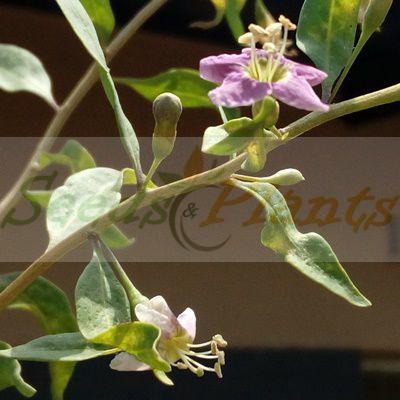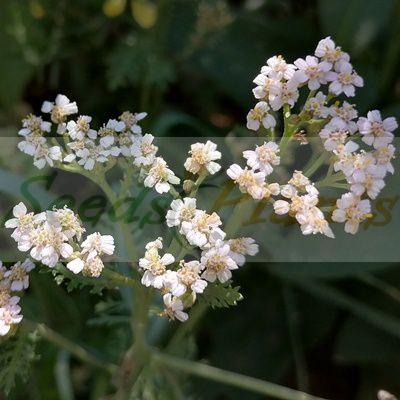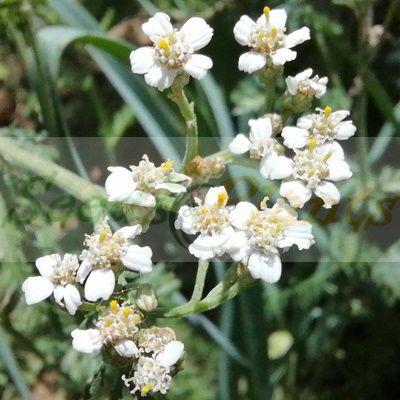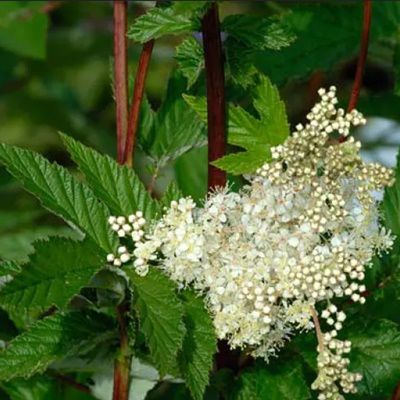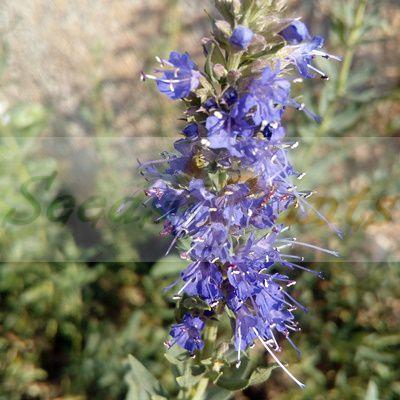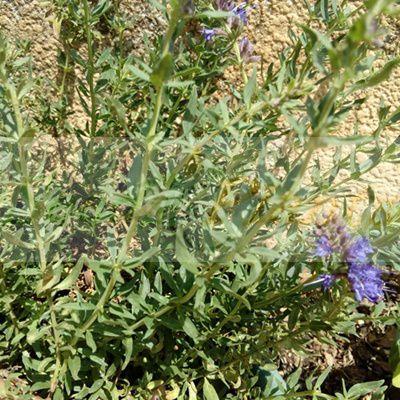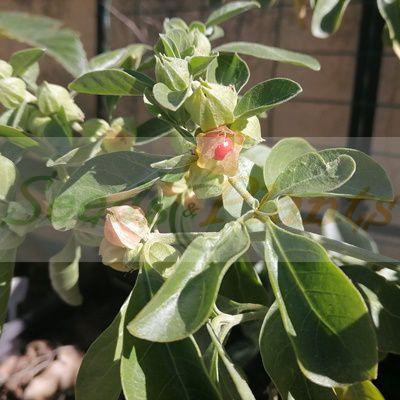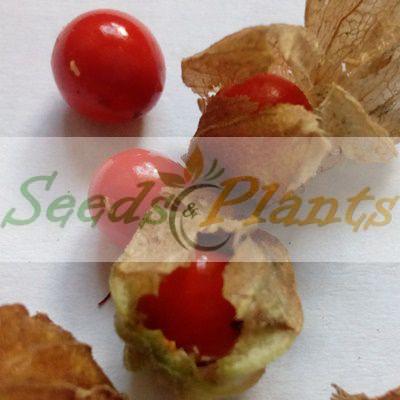🍒 Fruit Quick Facts
Fruit Info
- 🌍 Origin / Region: Europe, North Africa, Western Asia
- 🍽️ Culinary Use: Baking, Chutneys, Jams and Jellies, Juices and Syrups, Liqueurs/Wines
- 🥗 Edible Part: Berry
- 😋 Flavor Profile: Tart
Medicinal Info
- 🌿 Medicinal Part: Berry, Flower, Inner Bark, Leaf
- 🍵 Herbal Preparation: Decoction, Infusion / Tea, Ointments/Creams, Poultice, Syrup
- ⚕️ Healing System: European Traditional Medicine
Growth Traits
- 🌱 Life Cycle: Perennial
- 🌾 Plant Type: Shrub, Tree
- 🔁 Fruiting Needs: Needs Only 1 Plant
- 🪴 Growth Habit: Sprawling, Suckering
- 🌸 Flower Color: White
- 🌿 Foliage Type: Deciduous
- 📏 Mature Height: 2.4-6m
- 🦋 Pollinator Method: Attracts Bees, Attracts Birds, Attracts Butterflies, Attracts Moths, Self-pollinating
Growing Requirements
- 🌞 Sun Exposure: Full Sun, Partial Shade
- 💧 Water Needs: Moderate Water
- ☀️ Growing Conditions: Drought Tolerant, Frost Tolerant
- 🟤 Soil Preference: Calcareous, Clay, Loam, Rich Organic, Sandy, Well-Drained
European Black Elderberry – 5 Seeds
(Sambucus nigra)
R50.00
The leaves, flowers, fruits and root extracts are used to treat bronchitis, coughs, upper respiratory infections and fever.
Seed Type: Organic – Harvested from our own plants.
Indoor Sowing: Cold Stratification and then transplant once big enough.
Direct Sowing: Autumn.
In stock
🍒 Fruit Quick Facts
Fruit Info
- 🌍 Origin / Region: Europe, North Africa, Western Asia
- 🍽️ Culinary Use: Baking, Chutneys, Jams and Jellies, Juices and Syrups, Liqueurs/Wines
- 🥗 Edible Part: Berry
- 😋 Flavor Profile: Tart
Medicinal Info
- 🌿 Medicinal Part: Berry, Flower, Inner Bark, Leaf
- 🍵 Herbal Preparation: Decoction, Infusion / Tea, Ointments/Creams, Poultice, Syrup
- ⚕️ Healing System: European Traditional Medicine
Growth Traits
- 🌱 Life Cycle: Perennial
- 🌾 Plant Type: Shrub, Tree
- 🔁 Fruiting Needs: Needs Only 1 Plant
- 🪴 Growth Habit: Sprawling, Suckering
- 🌸 Flower Color: White
- 🌿 Foliage Type: Deciduous
- 📏 Mature Height: 2.4-6m
- 🦋 Pollinator Method: Attracts Bees, Attracts Birds, Attracts Butterflies, Attracts Moths, Self-pollinating
Growing Requirements
- 🌞 Sun Exposure: Full Sun, Partial Shade
- 💧 Water Needs: Moderate Water
- ☀️ Growing Conditions: Drought Tolerant, Frost Tolerant
- 🟤 Soil Preference: Calcareous, Clay, Loam, Rich Organic, Sandy, Well-Drained
European Black Elderberry, Scientific name:Sambucus nigra
The flowers and fruits contain a mildly poisonous alkaloid that is destroyed by cooking.
Compound pinnate leaves, dark green in color. Each leaf is 5–30cm long and the leaflets have serrated margins. The flowers are small, white and 5–6mm in diameter, appearing in a flat-topped cluster in late spring to summer. They are hermaphroditic (have both male and female parts). The fruit is a glossy, dark purple to black berry, 3–5 mm diameter, produced in drooping clusters in late autumn.It is widely cultivated for its fruits and as a medicinal plant.
The European Elderberry is significantly taller than the American variety. It can grow up to 6m in height and also blooms earlier than the American elderberry.
Black Elderberry Culinary Uses
- The dark purple berries can be eaten when fully ripe (cook the berries first – do not eat it raw, as it can cause nausea and diarrhea) and is also used to make jam, jelly and chutney.
Black Elderberry Medicinal Benefits
- The leaves, flowers, fruits and root extracts are used to treat bronchitis, coughs, upper respiratory infections and fever.
- A study in mice determined that concentrated elderberry juice suppressed influenza virus replication and stimulated immune system response.
- In a review of 4 studies in 180 people, elderberry supplements were found to substantially reduce upper respiratory symptoms caused by viral infections.
Growing European Black Elderberry
Indoor Sowing: Cold Stratification and then transplant seedlings once big enough.
Direct Sowing: Autumn.
- Elderberry seeds need the coldness of winter, or stratification, before they will germinate.
- For the stratification process, place the seeds in a plastic bag filled with a handful of slightly moistened soil and store it in the refrigerator at a temperature of 1 – 5 degrees Celsius.
- Leave the seeds in the refrigerator for 90 days.
- Fill a seedling tray with potting soil, leaving the top 1 inch of space free of soil. Tamp the soil down slightly and add more if needed to maintain the correct level.
- Fill the tray slowly with water from a watering can. Allow the excess water to drain through the tray’s bottom drainage holes. Add water a second time to ensure that the soil is evenly moist.
- Remove the bag containing the seeds from the refrigerator. Pour the contents out into a bowl. Sift through the media, pulling out the seeds as you find them.
- Sow the seeds in the tray, spacing them 2 inches apart from each other. Sprinkle a 1/4-inch layer of potting soil over the top of the seeds. Mist over the top layer of soil with water from a spray bottle to moisten the additional soil. Place a clear plastic cover over the top of the tray.
- Choose a room with a constant temperature between 22 – 26 degrees Celsius.
- Check the tray every three to four days for signs of moisture loss. Remove the cover, and mist the soil’s surface when the top 1/4 inch begins to dry. Water the soil to keep it moist. Do not allow the soil to become soggy.
- Watch for signs of germination four to six months from the planting date. Remove the cover once the majority of seeds germinate.
- Take the tray and place it in a sunny, warm spot.
- Water the seedlings when the top 1 inch of soil becomes dry.
- Transplant the seedlings into individual 6-inch pots when they reach 3 to 5 inches in height. Fill the pots three-quarters full of potting soil.
- Dig a seedling out of the tray carefully with a trowel. Place the seedling in the center of a pot, spreading its roots outward. Add soil to the pot, tamping it down slightly around the roots. Do not overfill the pot or plant the seedling deeper than it was previously growing.
- Fill the pot one to two times with water to moisten the soil completely.
- Place the pot in a 21 to 23 degree Celsius room with partial sunlight.
- Acclimate the seedlings to full sun for two weeks before transplanting them outdoors into containers or into the garden.
- Plant them at least 10 feet apart in a sunny bed with mildly acidic, well-drained soil.
Can this plant be grown as a shrub or a tree?
European Black Elderberry can be maintained as a shrub with pruning, or allowed to grow into a small tree depending on growing conditions.
Can this plant be used for culinary purposes?
European Black Elderberry is traditionally used for culinary purposes such as baking and chutneys.
Does this plant have medicinal uses?
Traditionally, European Black Elderberry has a history of use in European Traditional Medicine. Seeds are sold for cultivation purposes only.
Disclaimer
Medicinal Information:
All medicinal information on this website is for educational and informational purposes only and may not be construed as medical advice. The information is not intended to replace medical advice or treatment offered by healthcare professionals.
Seeds, Plants, Plant Cuttings, Geophytes and Dried Herbs:
In some countries and provinces, certain plants are deemed as invasive and are not allowed to be planted at all, whilst some plants are allowed to be grown only in certain areas or provinces. The onus is on you as the buyer to familiarize yourself with the regulations pertaining to your location, before purchasing any of our seeds, plants, plant cuttings, geophytes or dried herbs. We will not be held liable, should you purchase any seeds, plants, plant cuttings, geophytes or dried herbs. from us which are prohibited in your country or province.

